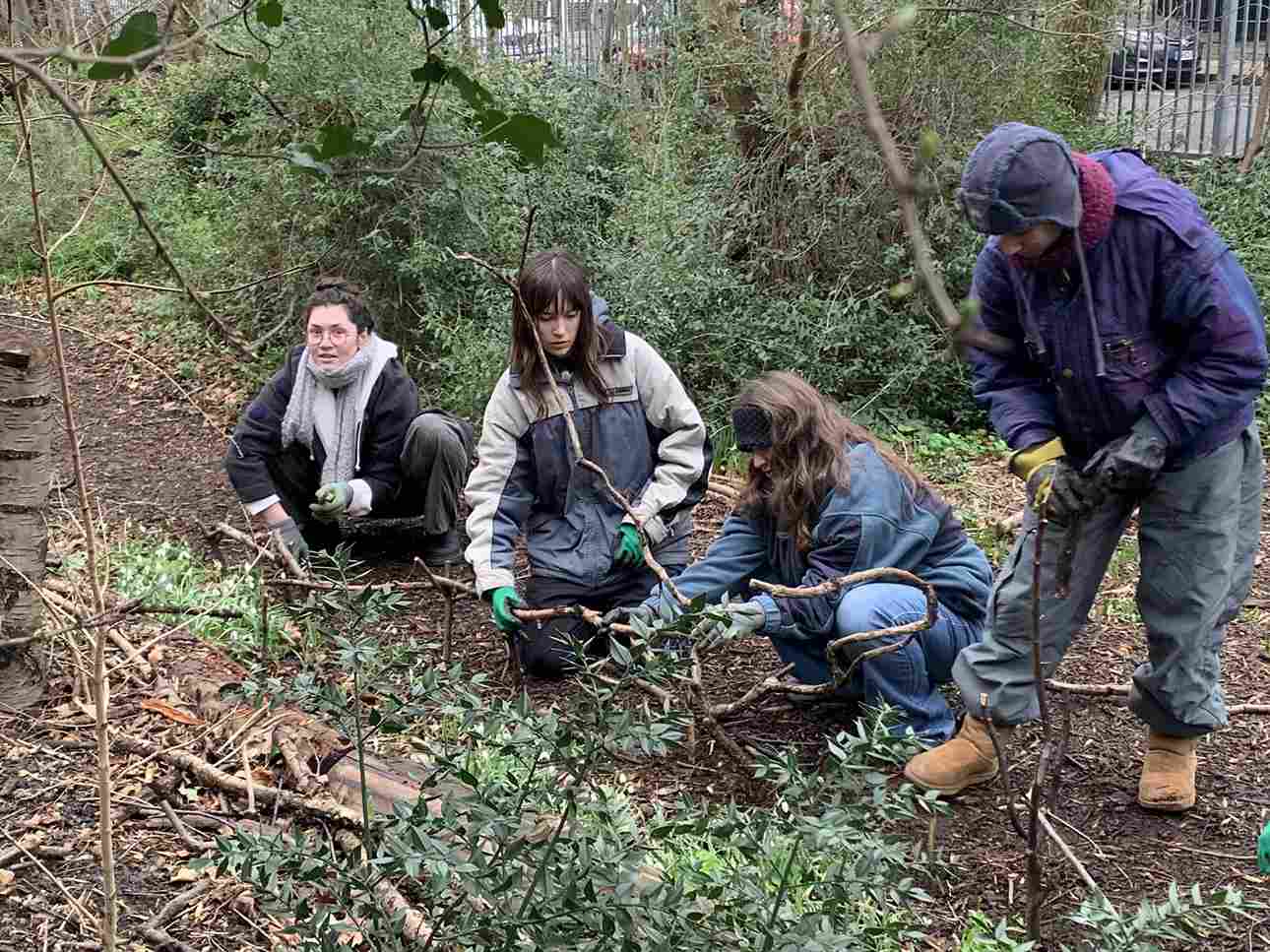
Cultural Expression and Emotion in Scottish Gaelic and English

Summary
This project explores how linguistic differences between Scottish Gaelic and English may influence cultural expression and perception of emotions. By comparing phrases in both languages, utilising cultural probes, and conducting sensory online surveys, I uncover how Gaelic speakers experience and depict emotions uniquely. Preliminary findings reveal that most Gaelic phrases evoke stronger sensory responses, highlighting the language's distinct impact on its speakers. This research is a first of its kind for the community and underscores the importance of preserving Gaelic to maintain its unique cultural and emotional expressions.
Approach and Methodology
My interest in this area began in childhood when I realised that the translation of ‘I am hungry’ from Scottish Gaelic to English is not direct, instead rendering as ‘The hunger is on me.’ Last year, I explored this difference through art, sparking a fascination with how people perceive these linguistic variations on the body.
I identified this Gaelic phrase as a conceptual metaphor, along with three other Gaelic expressions, and decided to investigate further. I employed cultural probes as my qualitative method to determine whether Gaelic speakers interpret these phrases differently than English speakers. Additionally, I conducted an online survey as a quantitative method to build a database of these Gaelic phrases, ranked across different sensory modalities—similar to the Lancaster sensorimotor norms. Utilising this database, I analysed the data and compared it to the corresponding words in the Lancaster sensorimotor norm dataset using Python.
Preliminary findings indicate no significant difference between the drawings from the Gaelic cultural probe group and the English group. However, the Gaelic group scored significantly higher across many sensory modalities for all phrases, except for ‘I am cold,’ which had higher scores for the English group.
Linguistics played a crucial role in understanding conceptual metaphors and their potential impact on how speakers perceive their language. I have begun synthesising these findings to understand their implications for the Gaelic community. The observed differences in scores underscore the unique value of the Gaelic language, highlighting its capacity to create distinct sensory experiences compared to English.
Linguistics played a crucial role in understanding conceptual metaphors and their potential impact on how speakers perceive their language. I have begun synthesising these findings to understand their implications for the Gaelic community. The observed differences in scores underscore the unique value of the Gaelic language, highlighting its capacity to create distinct sensory experiences compared to English.
Proposal/Outcome
My product was a feature on an up-and-coming Scottish Gaelic podcast called ‘Big Gaels don’t cry’. I recorded a 10-15 minute snippet with one of the hosts, talking about the project and what this could mean for the Gaelic community.
Beyond Outcomes
I learnt that mixed methods studies can be conflicting. Both of my methods produced different results but I learnt that this can be a fascinating outcome to further explore. I am proud to have represented my home community and to have chosen to do my capstone research on a topic that is personal to me.
Want to learn more about this project?



Overall LIS Journey
Other Related Projects
Back to the repository


- A Pilot Based on Heathrow's Sustainability Goals

.svg)






